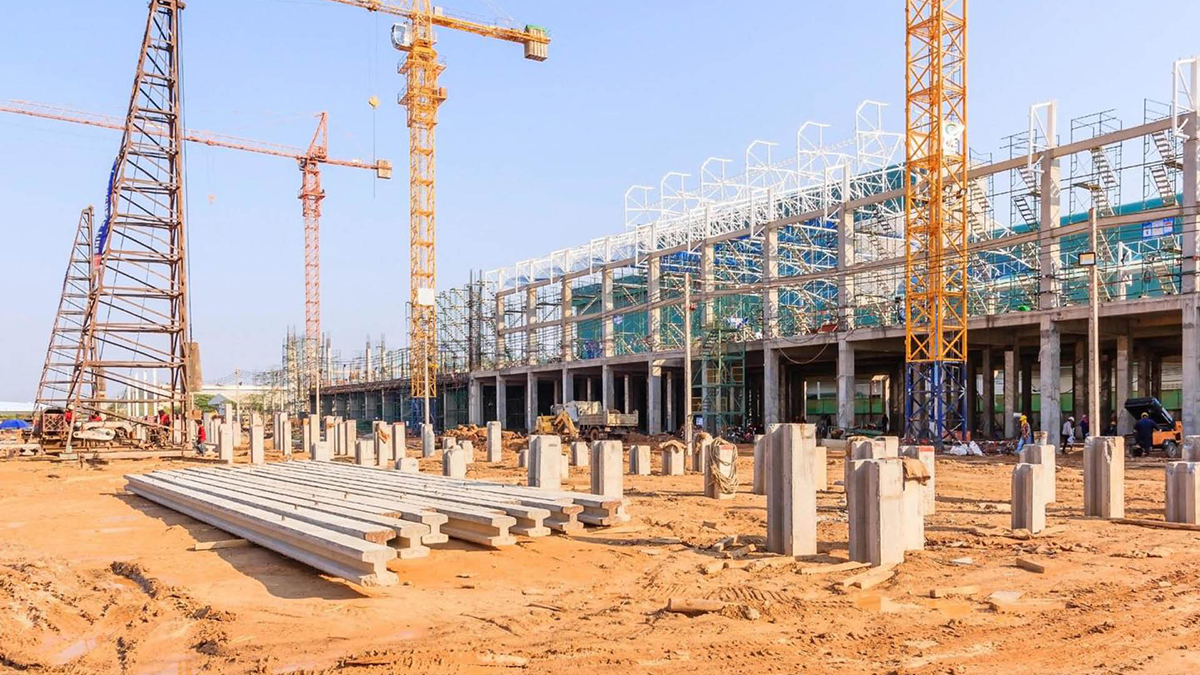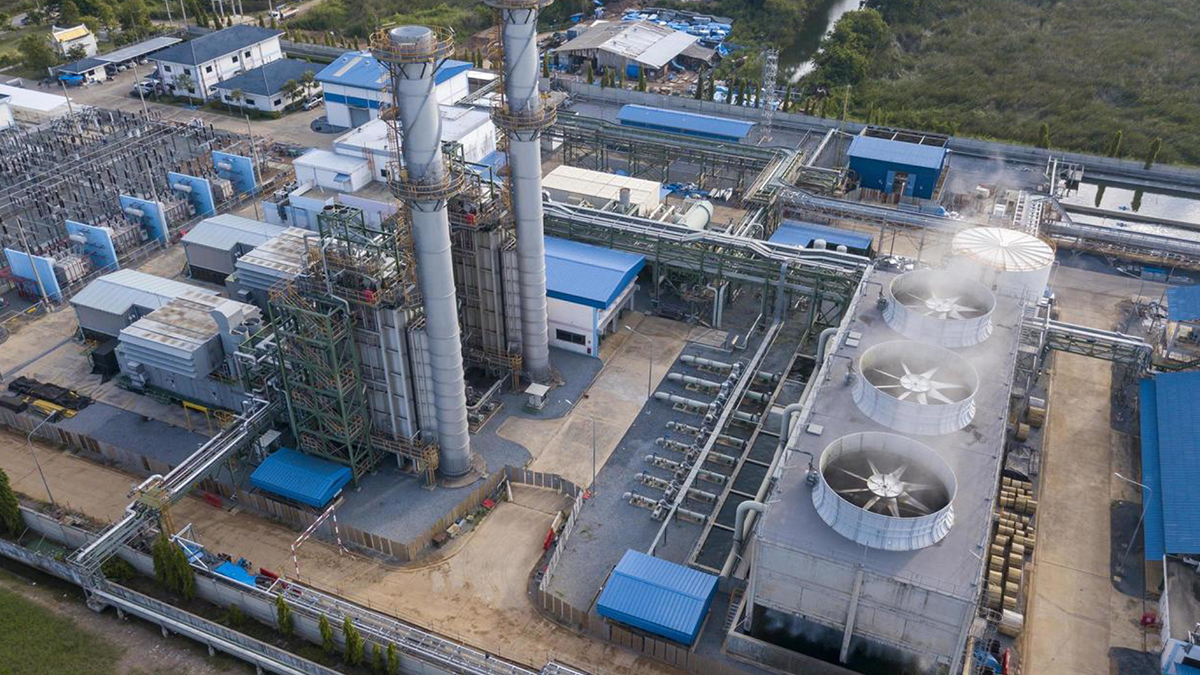
ATTOM, a leading curator of land, property, and real estate data, today released a Special Housing Impact Report spotlighting how the recent downturn in the U.S. housing market is starting to affect counties around the nation, based on key measures from the first quarter of 2023. The report shows that the Western region and other more-upscale areas around the country are bearing the greater brunt so far from the slowdown, than other parts of the U.S., with larger-than-average declines in home values or increases in underwater mortgage rates and foreclosure activity.
In contrast, lower-priced markets across the country have experienced relatively less impact from the market downturn that started in the middle of last year.
The patterns during the first quarter of 2023 – based on changes in home price, home affordability, underwater mortgages and foreclosures since the second quarter of 2022 – revealed that almost half of the 50 counties seeing the biggest impact were in the West. Among the top 50, 12 were in Oregon and Washington.
The downturn also has dented markets more often in areas where median home values exceed $350,000. As with the West, those more-upscale areas had almost half of the 50 most-affected counties during the first quarter of this year.
At the other end of the spectrum, the South, Midwest and Northeast were seeing less fallout along with lower-priced markets. States in those regions, led by Texas, Connecticut and Illinois, had 18 of the 50 counties showing the smallest effects from the pullback that hit last year after a decade of nearly unceasing gains in prices, profits and other key measures.
“We are starting to see some patterns that show where the U.S. housing market is cooling off and how it’s hitting homeowners based on some key metrics. It looks so far—and it’s important to stress, so far—to be having more impact in places with the highest housing costs and less impact elsewhere,” said Rob Barber, CEO at ATTOM. “This doesn’t mean those markets are in danger of a big fall while others are immune, but the data does provide a useful geographical snapshot of the initial market dip.”
Counties were considered more or less affected by the market slowdown based on changes from the second quarter of 2022 to the first quarter of 2023 in four measures: median home prices, the percentage of homes facing possible foreclosure, the percentage of average local wages required to pay for major home ownership expenses on median-priced homes, and the portion of homes with mortgage balances that exceeded estimated property values. The conclusions were drawn from an analysis of the most recent reports on each topic prepared by ATTOM.
Rankings showing the most and least impacted markets were based on a combination of those four categories in 572 counties around the United States with sufficient data to analyze in the first quarter of 2023. Counties were ranked in each category, with the overall conclusions based on a combination of the four ranks. See below for the full methodology.
The new trends reflect a period when the U.S. housing market endured three straight quarters of flat or negative performance for the first time in more than a decade, as prices, seller profits and homeowner equity fell in most of the country while foreclosure activity rose. That happened as average home-mortgage rates doubled to more than 6 percent for a 30-year fixed-rate loan, inflation was as high as 9 percent, the stock market faltered, and economic uncertainty increased, even amid a period of historically high employment.
Interest rates have stabilized, inflation has eased, and the stock market has improved in recent months, generating potential positive signs for the Spring and Summer buying seasons.
As with past ATTOM reports on potential downturns, the gaps in the impact from the market drop-off do not suggest significant problems for housing markets anywhere in the nation. What they do show is different impacts in different local markets.
Western counties and high-priced markets feeling more impact from market slowdown
Twenty-three of the 50 U.S. counties considered most affected by U.S. housing market drop-off, from among 572 with enough data to analyze, were in the West region during the first quarter of 2023.
The top 50 counties included seven in Oregon, mostly in or near the city of Eugene: Deschutes County (east of Eugene), Douglas County (south of Eugene), Jackson County (south of Eugene), Lane County (Eugene), Linn County (north of Eugene), Marion County (Salem) and Yamhill County (outside Portland).
Another five were in Washington: Clark County (Vancouver), Cowlitz County (north of Vancouver), Skagit County (north of Seattle), Spokane County and Yakima County. Others in the top 50 were scattered around the country, with concentrations in areas where single-family homes typically sold for at least $350,000.
Prices dropping faster while underwater and foreclosure rates grow in most affected markets
Median single-family home and condo prices decreased between the second quarter of 2022 to the first quarter of 2023 by more than the nationwide 7.2 percent decline (from $345,000 to $320,000) in 31 of the 50 counties considered most affected by the market downturn. Typical values increased during that time in only three of those counties.
The largest price decreases in those markets came in Washington County, PA (outside Pittsburgh) (median price down 25.5 percent from the second quarter of 2022 to the first quarter of 2023); Tompkins County (Ithaca), NY (down 25.5 percent); Peoria County, IL (down 24.6 percent); San Francisco County, CA (down 18 percent) and Boone County (Columbia), MO (down 17.6 percent).
At the same time, underwater residential mortgage rates grew from the second quarter of 2022 to the first quarter of 2023 by more than the nationwide increase in all 50 counties considered most affected by the recent market trends. The national rate rose during that time from 5.9 percent to 6.2 percent.
Among those 50 counties, the biggest increases in the portion of homeowners who owed more on their mortgages than the estimated value of their properties, included Dona Ana County (Las Cruces), NM (portion up from 7.8 percent to 11 percent); Pinal County, AZ (outside Phoenix) (up from 2.8 percent to 5.5 percent); Williamson County, TX (outside Austin) (up from 1.4 percent to 4 percent); Gaston County, NC (outside Charlotte) (up from 4.3 percent to 6.6 percent) and St. Lawrence County (Massena), NY (up from 18.3 percent to 20.6 percent).
Foreclosure-activity rates also went up more than the nationwide figure in 49 of the 50 most-affected counties. Nationwide, the portion of homes facing possible foreclosure worsened 6.4 percent from one of every 1,559 properties in the second quarter of last year to one of every 1,459 in the first quarter of this year.
The biggest increases in foreclosure-activity ratios from the second quarter of last year to the first quarter of this year among the top 50 counties came in Muskegon County, MI (ratio up from one in 1,286 properties facing possible foreclosure to one in 224); Lane County (Eugene), OR (ratio up one in 11,873 to one in 3,305); District of Columbia (ratio up from one in 6,611 to one in 1,923); Spokane County, WA (ratio up from one in 20,365 properties to one in 6,342) and Douglas County, OR (south of Eugene) (ratio up from one in 4,977 to one in 1,656).
Lower-priced markets scattered mostly throughout Midwest, South and Northeast feeling less impact
All but two of 50 counties considered least affected by the broader market downturn, among the 572 analyzed during the first quarter of 2023, were in the Midwest, South and Northeast regions of the U.S.
Texas had eight of those 50 counties, spread throughout the state. They were Fort Bend County (outside Houston), Gregg County (Longview), Jefferson County (Beaumont), Midland County, Smith County (Tyler), Tom Green County (San Angelo), Webb County (Laredo) and Wichita County (Wichita Falls). Six of Connecticut’s eight counties also were among the 50 least affected: Fairfield County (Stamford), Hartford County, Litchfield County (Torrington), Middlesex County (Middletown), New London County and Windham County.
Counties less affected by market decline absorbing smaller drops in prices or increases underwater and foreclosure rates
Median single-family home prices and condos decreased between the second quarter of 2022 to the first quarter of 2023 by more than the nationwide drop-off in only 10 of the 50 counties considered least affected by the housing market slowdown. Typical values actually increased during that time in 15 of those counties.
The largest increases in those markets came in Gallatin County (Bozeman), MT (median price up 9.4 percent from the second quarter of 2022 to the first quarter of 2023); Midland County, TX (up 8.4 percent); Schuylkill County, PA (outside Allentown) (up 5.3 percent); Middlesex County (Middletown), CT (up 4.8 percent) and Tom Green County (San Angelo), TX (up 4.3 percent).
Underwater residential mortgage rates went down from the second quarter of 2022 to the first quarter of 2023, or increased by less than the nationwide gain, in all 50 counties considered least affected by the recent market fallback. Among those counties, the biggest decreases in the portion of homeowners who owed more on their mortgages than the estimated value of their properties included Lake County (Gary), IN (portion down from 18.9 percent to 6.4 percent); Gallatin County (Bozeman), MT (down from 12.4 percent to 2.9 percent); Porter County (Valparaiso), IN (down from 11.8 percent to 6.3 percent); Tom Green County (San Angelo), TX (down from 19.3 percent to 14.3 percent) and Sussex County (Georgetown), DE (down from 10.7 percent to 6.6 percent).
Foreclosure-activity rates decreased, or went up less than the nationwide figure, in 49 of the 50 least-affected counties. The biggest improvements in foreclosure-activity rates from the second quarter of last year to the first quarter of this year among those areas came in Gallatin County (Bozeman) MT (ratio down from one in 8,806 properties facing possible foreclosure to one in 51,826); Horry County (Myrtle Beach), SC (down from one in 1,415 to one in 4,307); Schuylkill County, PA (outside Allentown) (down from one in 1,974 to one in 5,186); Clay County, MO (outside Kansas City) (down from one in 1,214 properties to one in 2,981) and Houston County (Dothan), AL (down from one in 1,297 to one in 3,059).
The one measure used for this report that did not follow the same pattern was home affordability.
The percentage of average local wages consumed by major home ownership costs (mortgage payments, property taxes and insurance) on median-priced single-family homes increased from the second quarter of 2022 to the first quarter of 2023 in 19 of the 50 counties least affected by the market fall. The same was true in just 16 of the 50 most-affected counties.



















































































